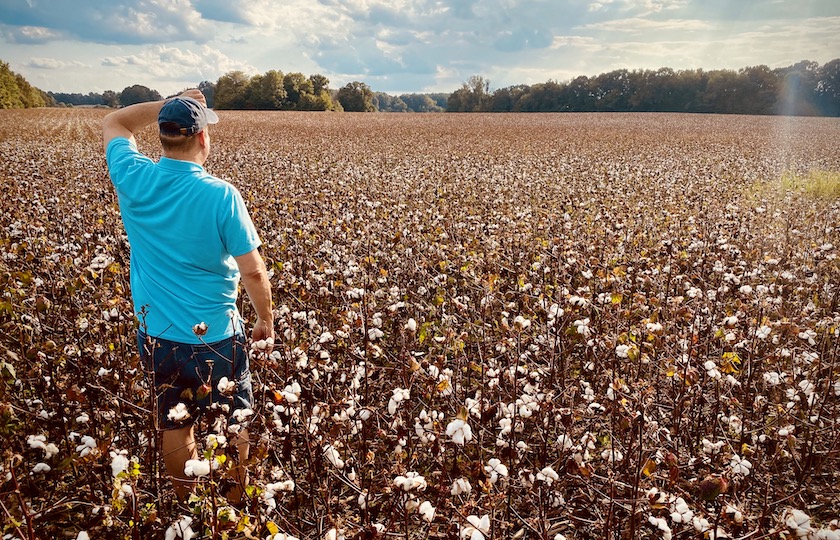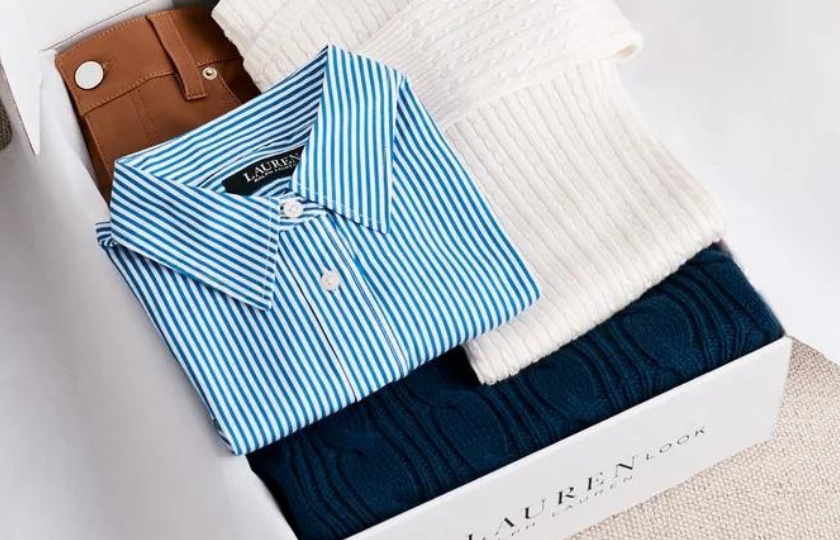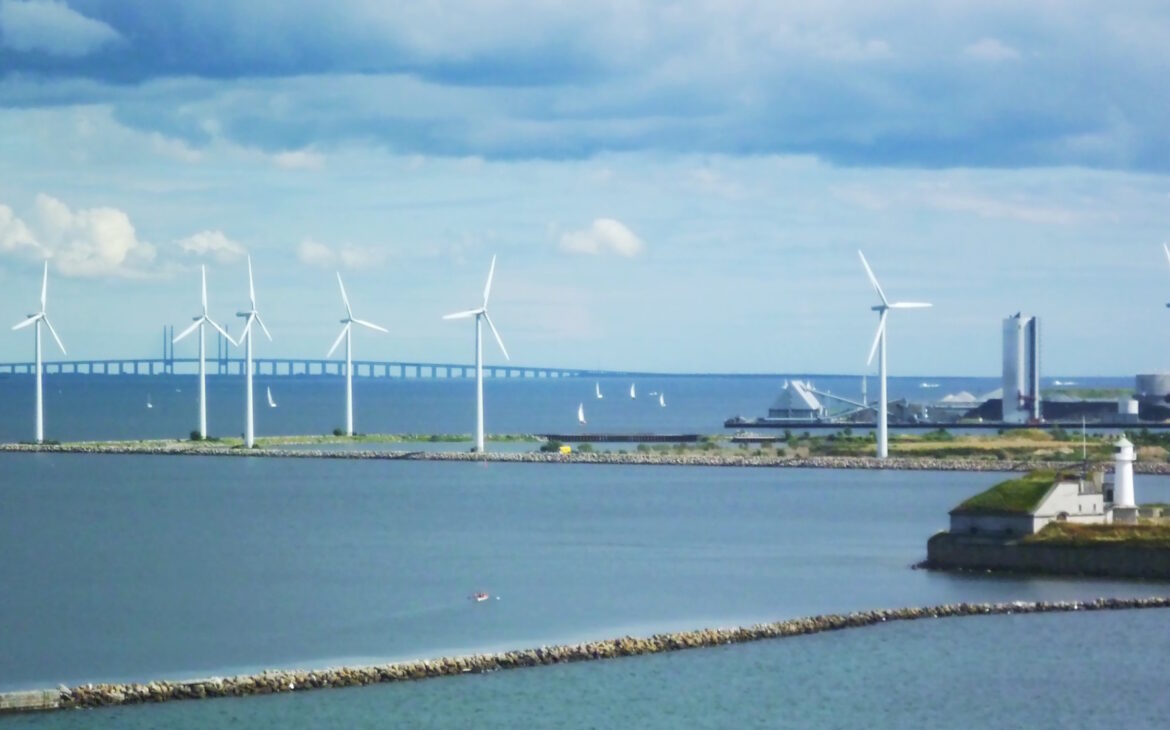While often associated with glitz and glam, the fashion industry has a dark side that harms the environment in many ways. Shopping for a new top, shoes, or accessory to suit every new fashion trend might sound fun, but the industry is guilty of the excessive waste generated in its manufacturing, contributing to pollution, resource depletion, and greenhouse gas emissions.
However, as awareness grows, there is a glimmer of hope in the form of sustainable fashion. Consumers can support brands actively working to minimise their environmental footprint by choosing eco-friendly fashion options.
According to research conducted by the Ellen MacArthur Foundation, the fashion industry is one of the largest polluters globally, second only to the oil industry. Every year, an estimated 92 million tons of textile waste is generated, most ending up in landfills or incinerated.
This waste accounts for around 4 per cent of the total waste stream worldwide. Additionally, textile production contributes approximately 10 per cent of global carbon emissions, with water pollution and excessive water consumption also being significant concerns.
Amidst these challenges, several forward-thinking clothing brands have taken the initiative to offer more sustainable options.
For instance, Patagonia, a renowned outdoor apparel brand, has long championed sustainability, using recycled materials, reducing water consumption, and promoting fair trade practices.
Another brand, Boody, focuses on creating timeless and durable underwear using bamboo fibre. Similarly, Stella McCartney has made a name for herself as a pioneer of cruelty-free fashion, emphasising ethical sourcing and sustainable production processes.
When it comes to shopping for sustainable clothing, making conscious choices about the materials, certifications, production practices, and overall impact of the clothing we choose is essential. Here are some key factors to keep in mind:
10 factors to consider when shopping for sustainable clothing
Materials

Opt for clothing made from sustainable and eco-friendly materials such as organic cotton, hemp, bamboo, linen, Tencel, or recycled fabrics. These materials are grown or produced using practices that minimise environmental impact and reduce the use of harmful chemicals.
Certifications
Look for GOTS (Global Organic Textile Standard) or Oeko-Tex Standard 100 certifications. These certifications ensure that the clothing meets specific environmental and social criteria, including restrictions on using certain chemicals and fair labour practices.
Fair trade

Support brands practising fair trade. Fairtrade ensures that workers involved in clothing production are paid fair wages, work in safe conditions, and are treated with dignity and respect.
Supply chain transparency
Seek brands that provide transparency about their supply chains. This means they openly share information about where and how their garments are produced, ensuring ethical practices throughout the supply chain.
Ethical production
Choose garments made in factories with fair labour practices. Ethical production ensures that workers’ rights are respected, including fair wages, safe working conditions, and the absence of forced or child labour.
Local production
Support brands that produce clothing locally. This reduces the carbon footprint associated with transportation, supports local economies and communities, and often ensures better oversight of production practices.
Durability and quality

Opt for well-made clothing designed to last. Investing in high-quality garments reduces the need for frequent replacements, minimising waste and reducing the overall environmental impact of the fashion industry.
Minimal use of chemicals
Choose clothing that avoids the use of toxic chemicals, such as dyes and finishes. Harmful chemicals not only pose risks to the environment but can also have adverse effects on the health of both workers and consumers.
Water and energy efficiency

Opt for brands that help conserve water and energy in their production processes. Sustainable fashion brands often employ technologies and practices that reduce water consumption and energy use, minimising their environmental impact.
Circular economy practices
Consider brands that embrace circular economy principles. This includes offering take-back programs for old garments, implementing recycling initiatives, or using upcycled or recycled materials in their clothing. Adopting a circular economy model reduces waste and extends the lifespan of fabrics, contributing to a more sustainable fashion industry.
Final thoughts
In conclusion, the fashion industry’s environmental impact is significant, but there is hope for sustainable clothing. Supporting brands prioritising eco-friendly practices can minimise waste, reduce pollution, and promote responsible production. From choosing garments made from sustainable materials to helping fair trade and transparent supply chains, we can make a difference.
So, let’s take action and embrace sustainable fashion. Together, we can contribute to a more environmentally-friendly industry and create a brighter future for our planet.



